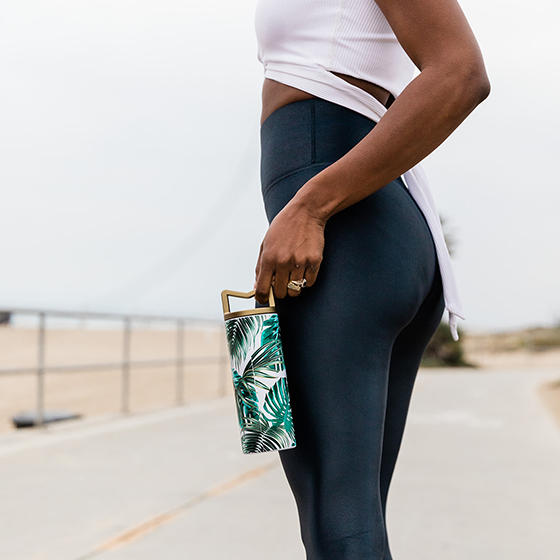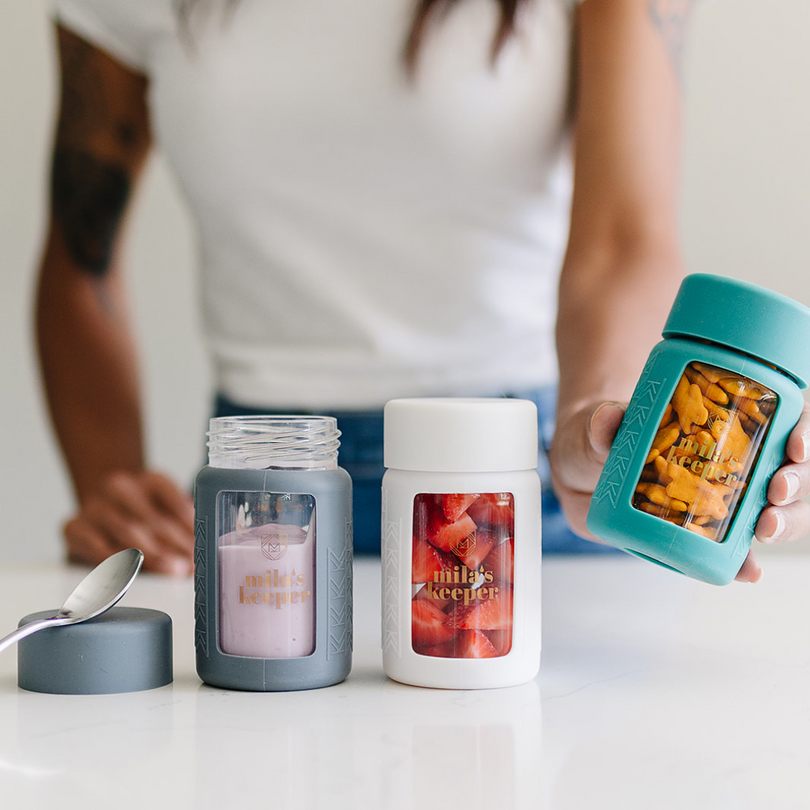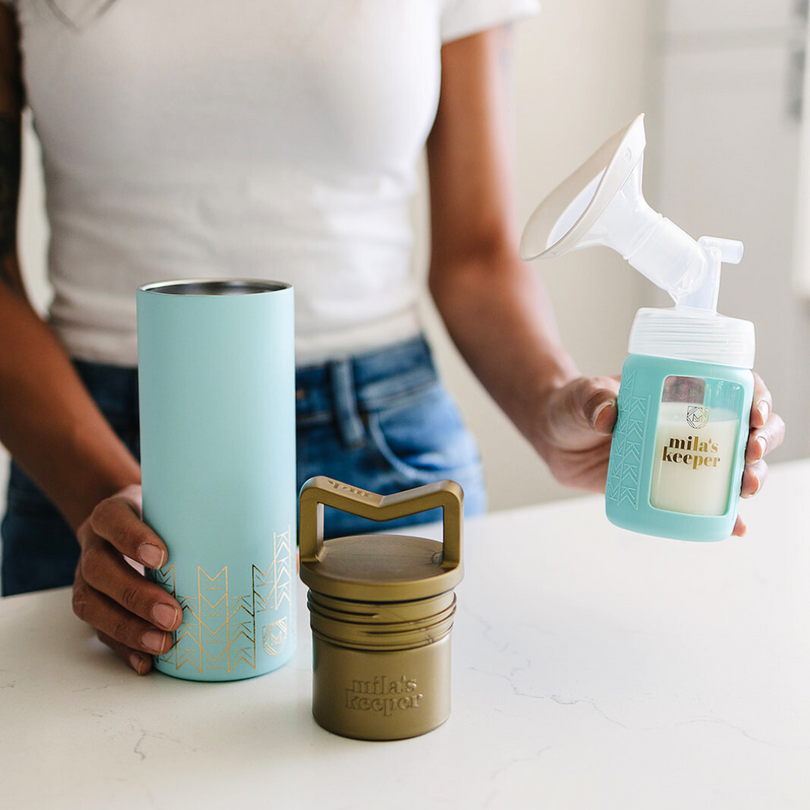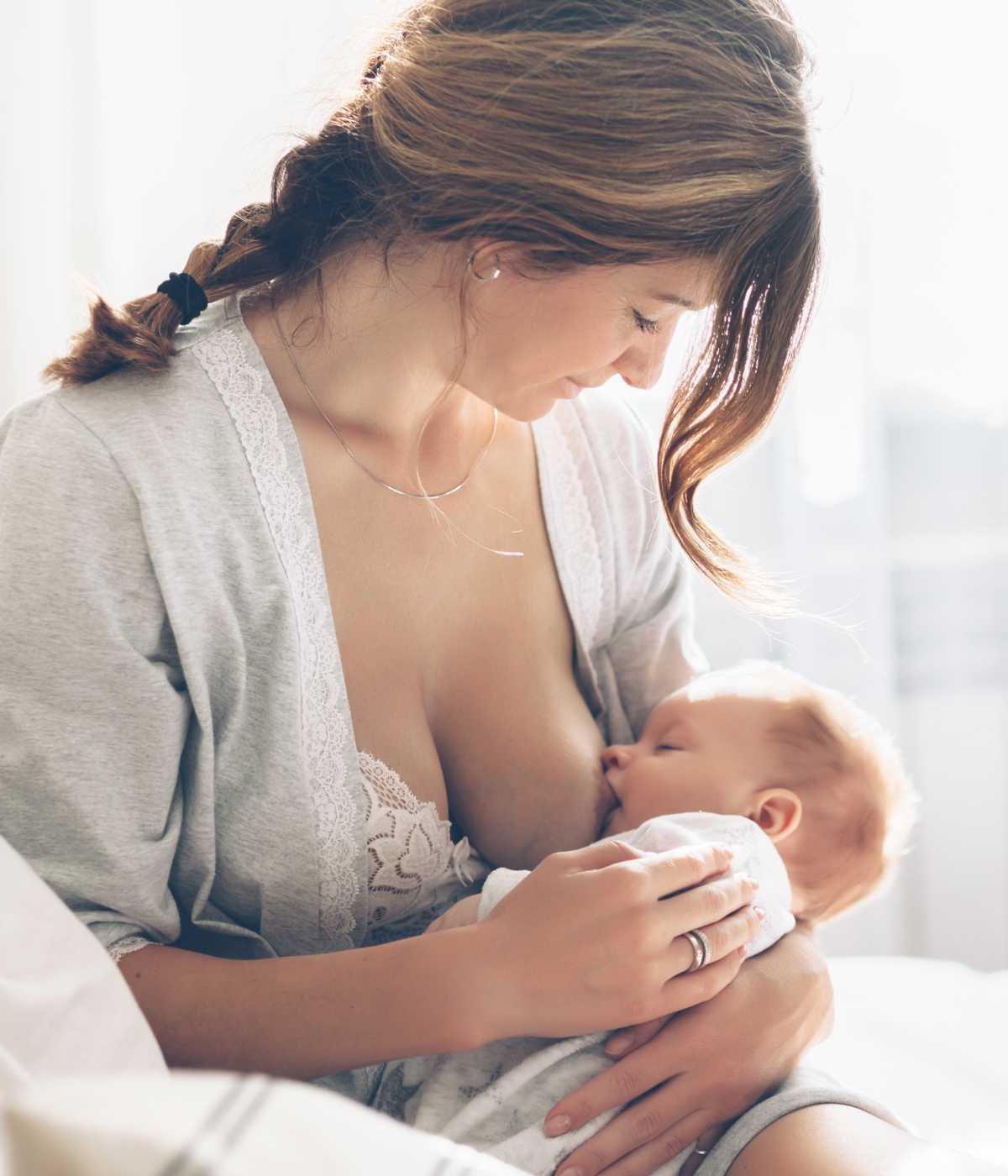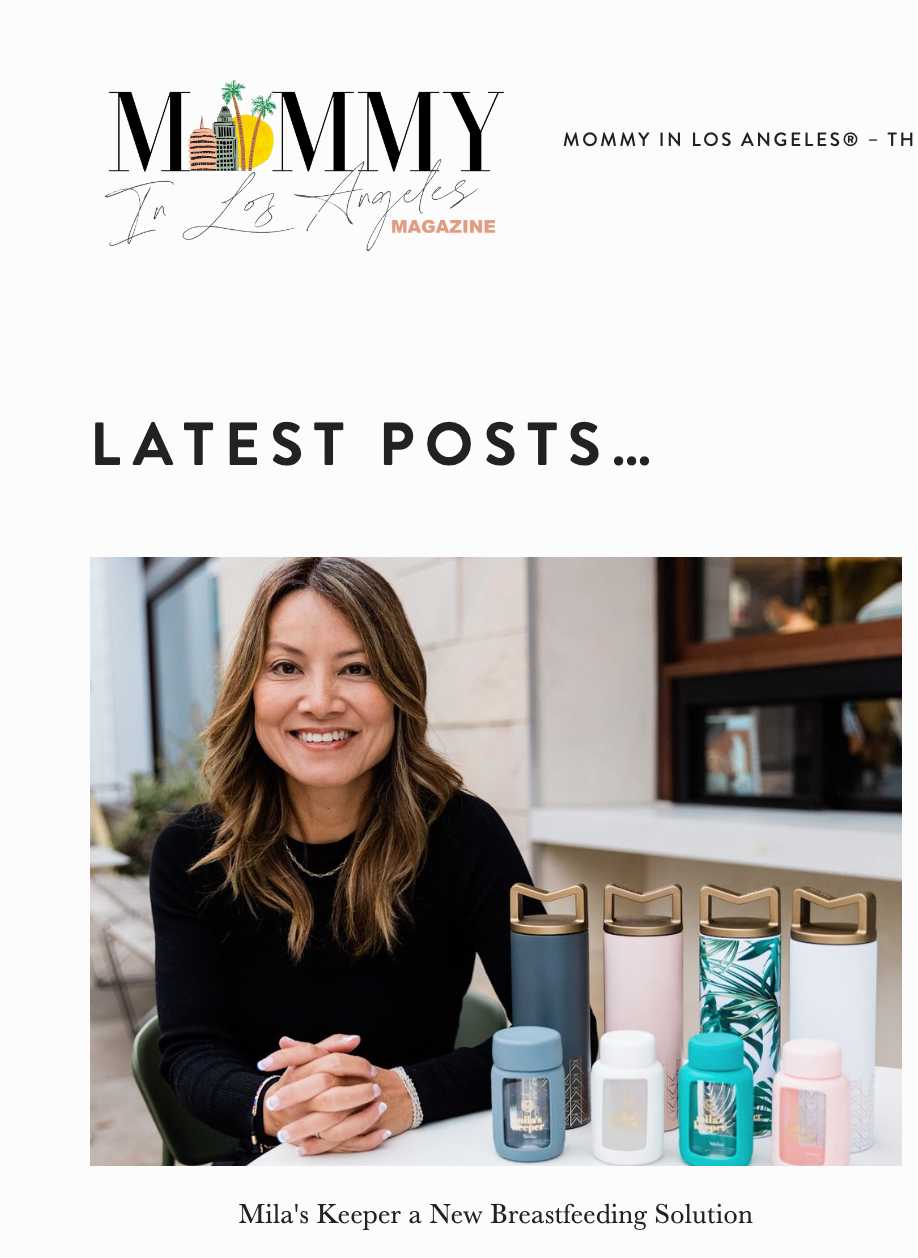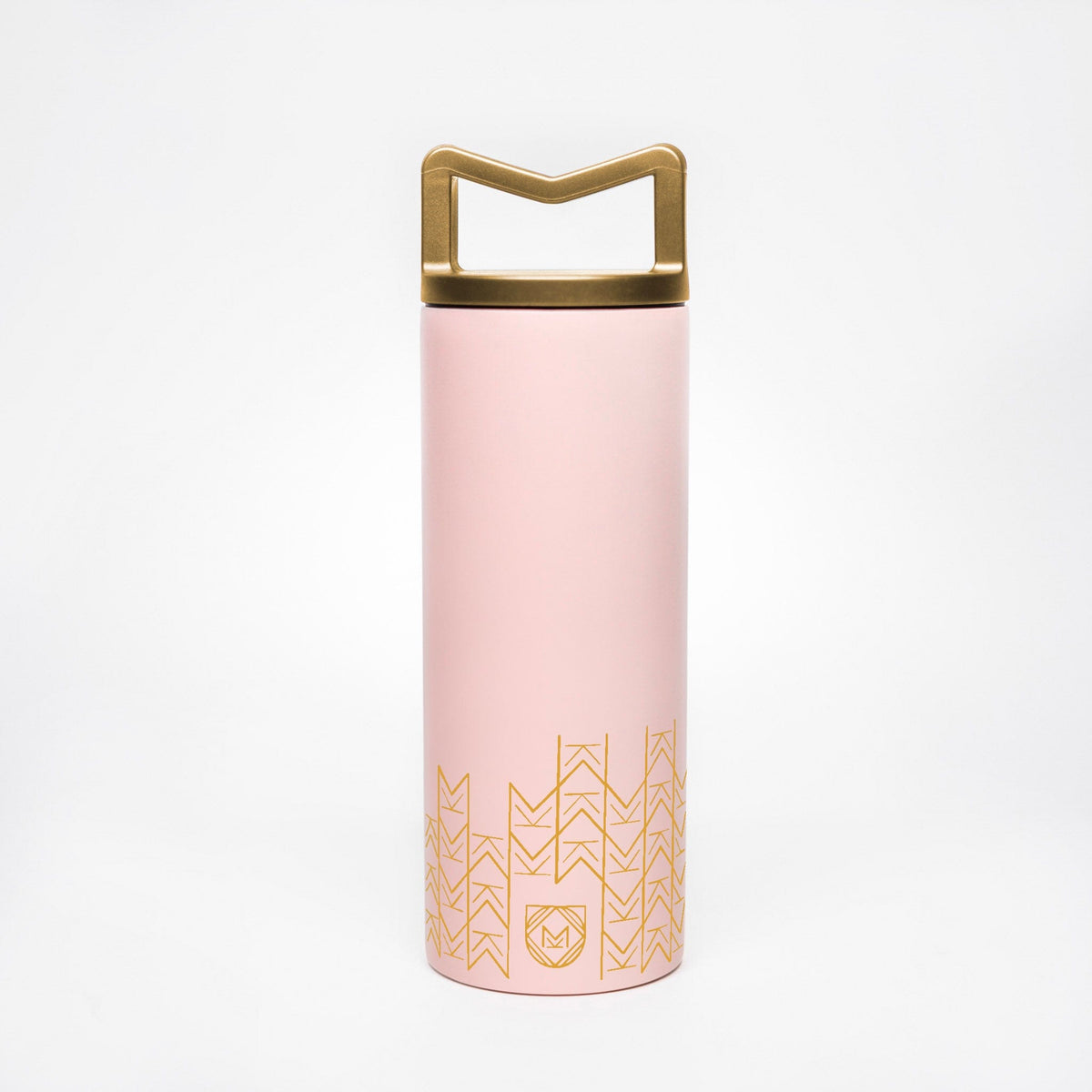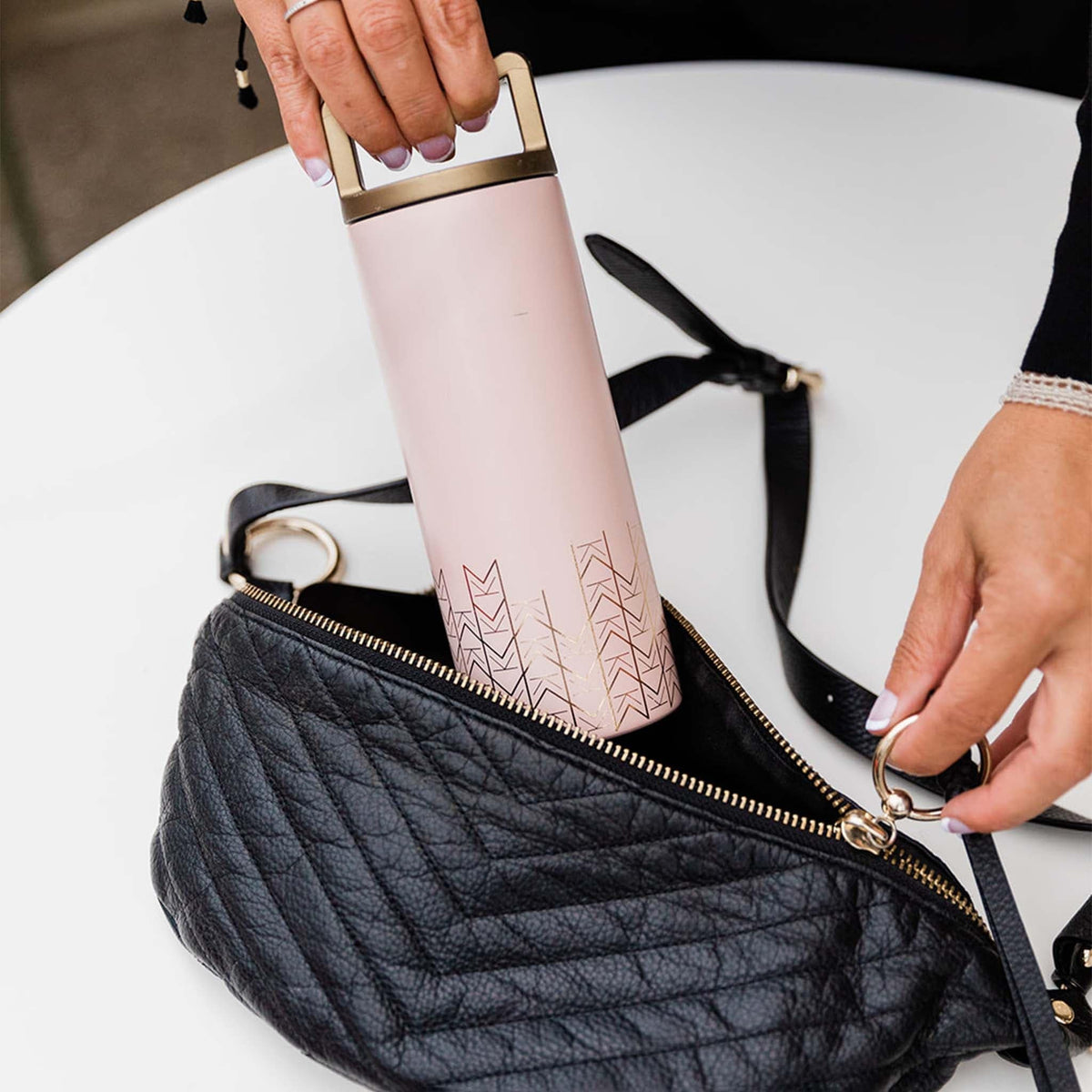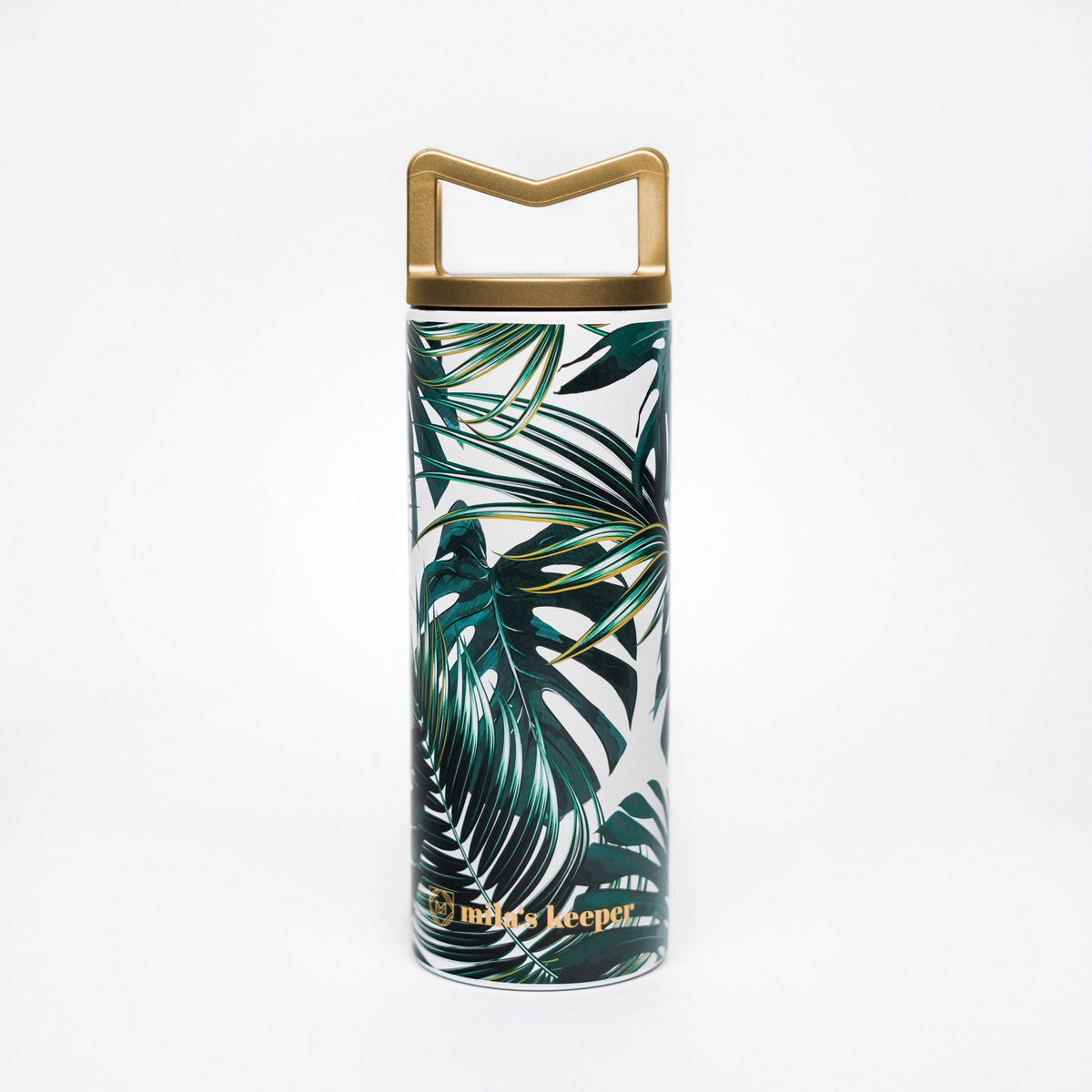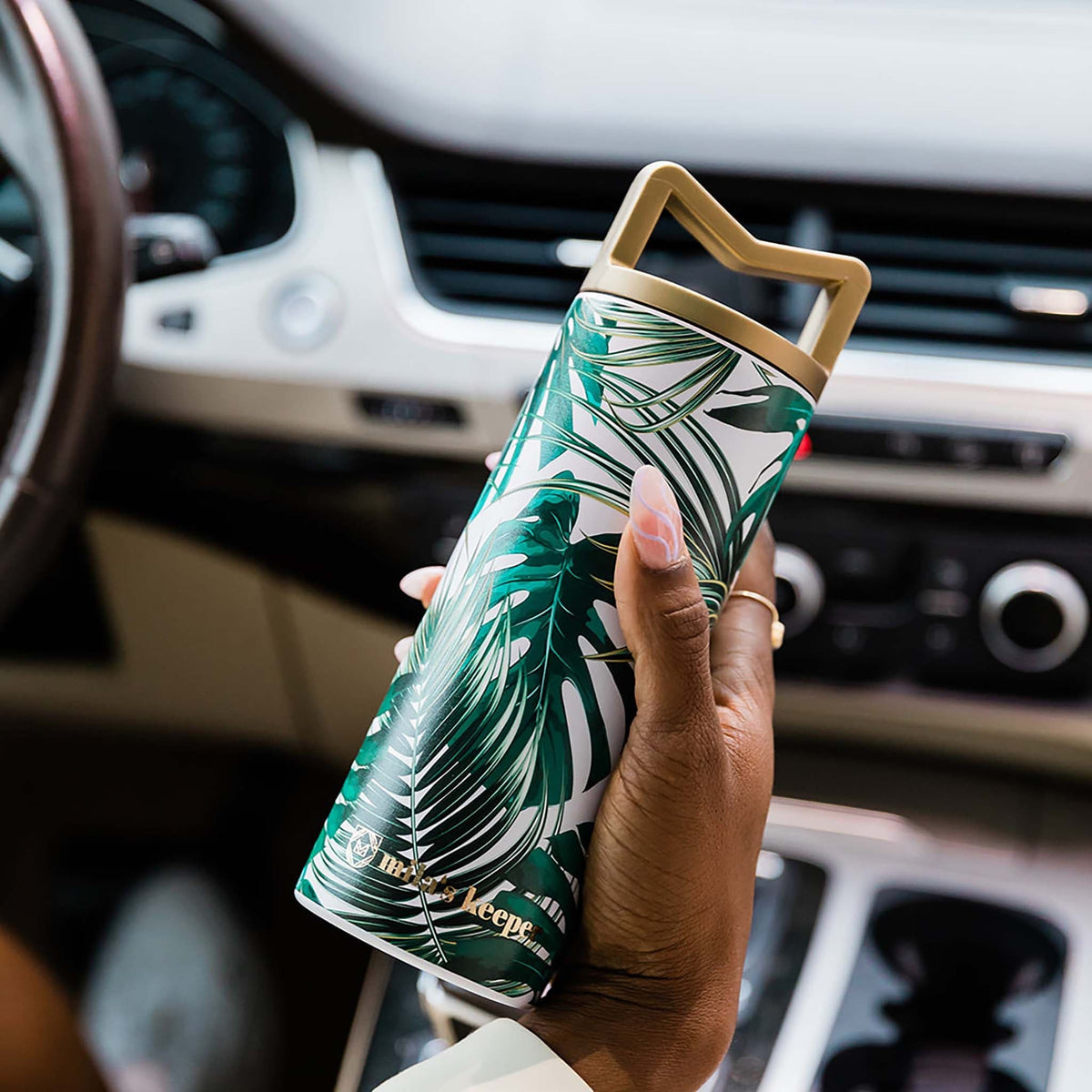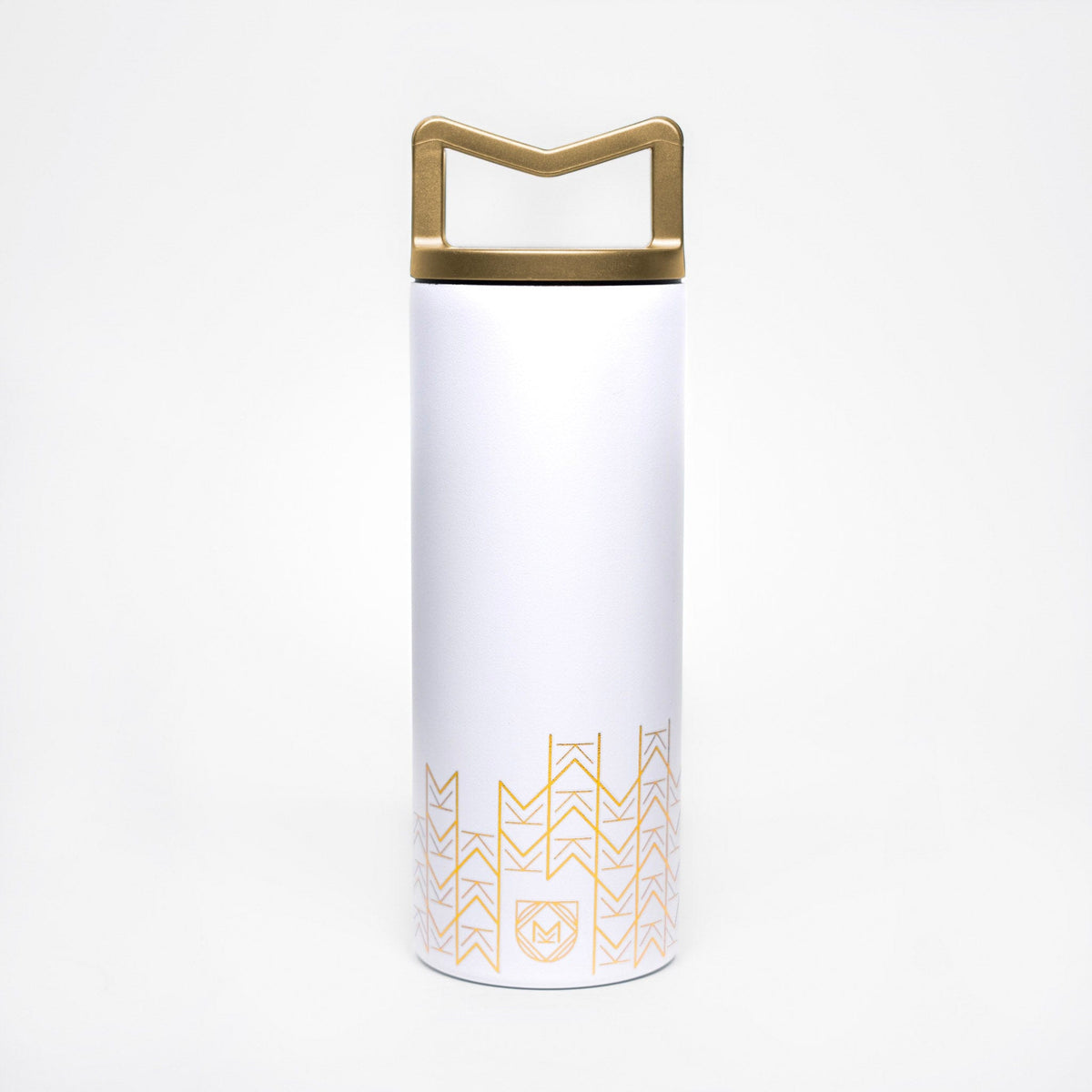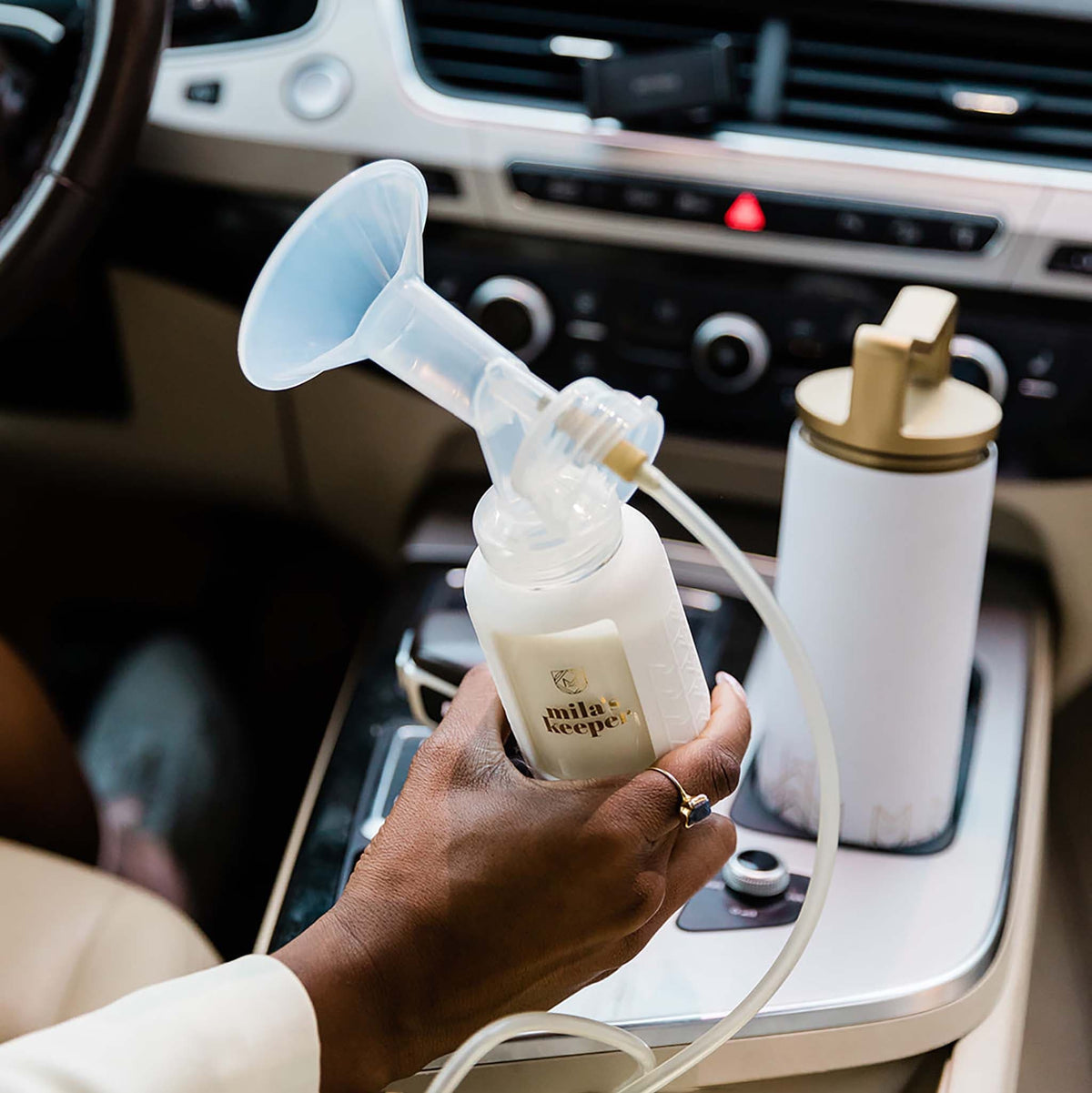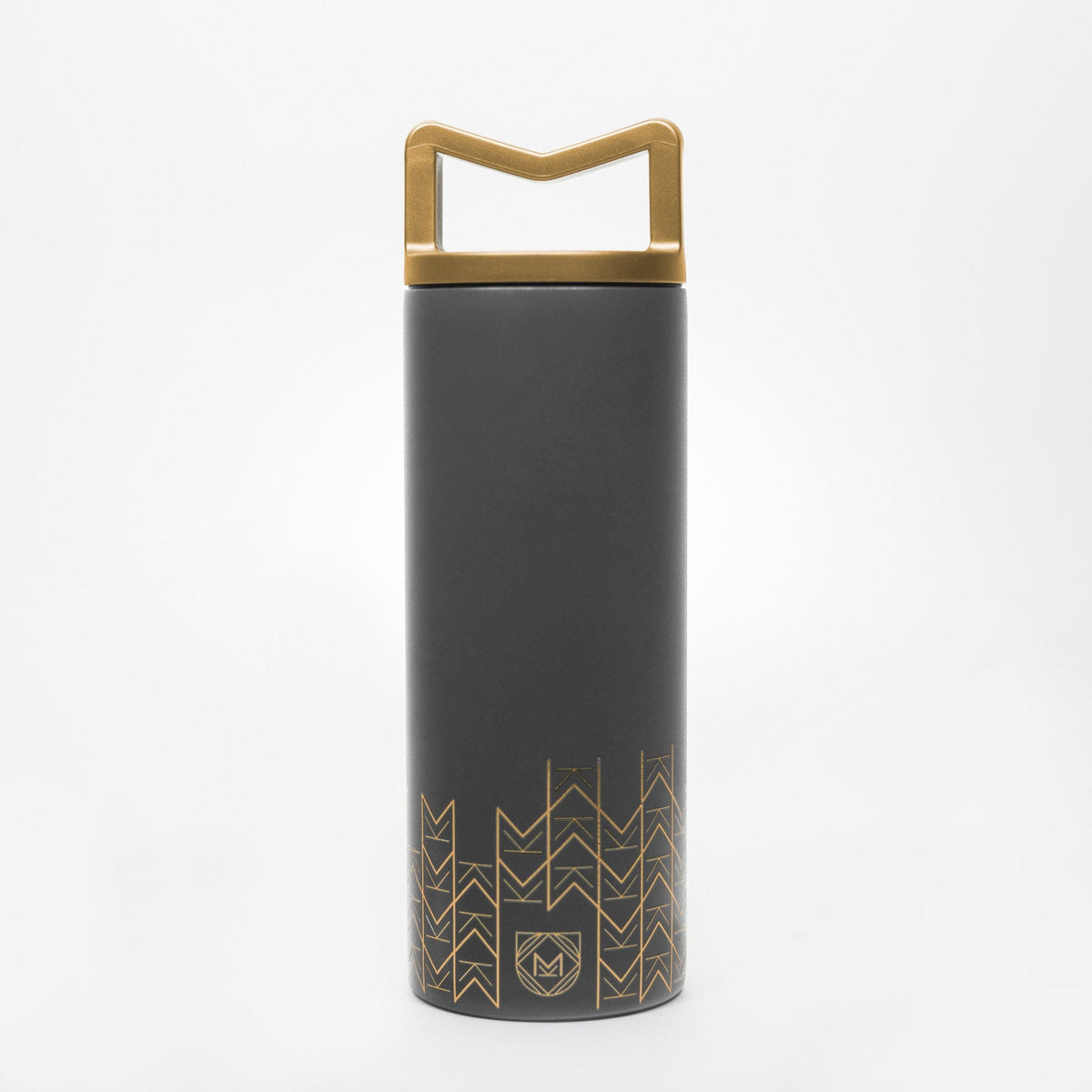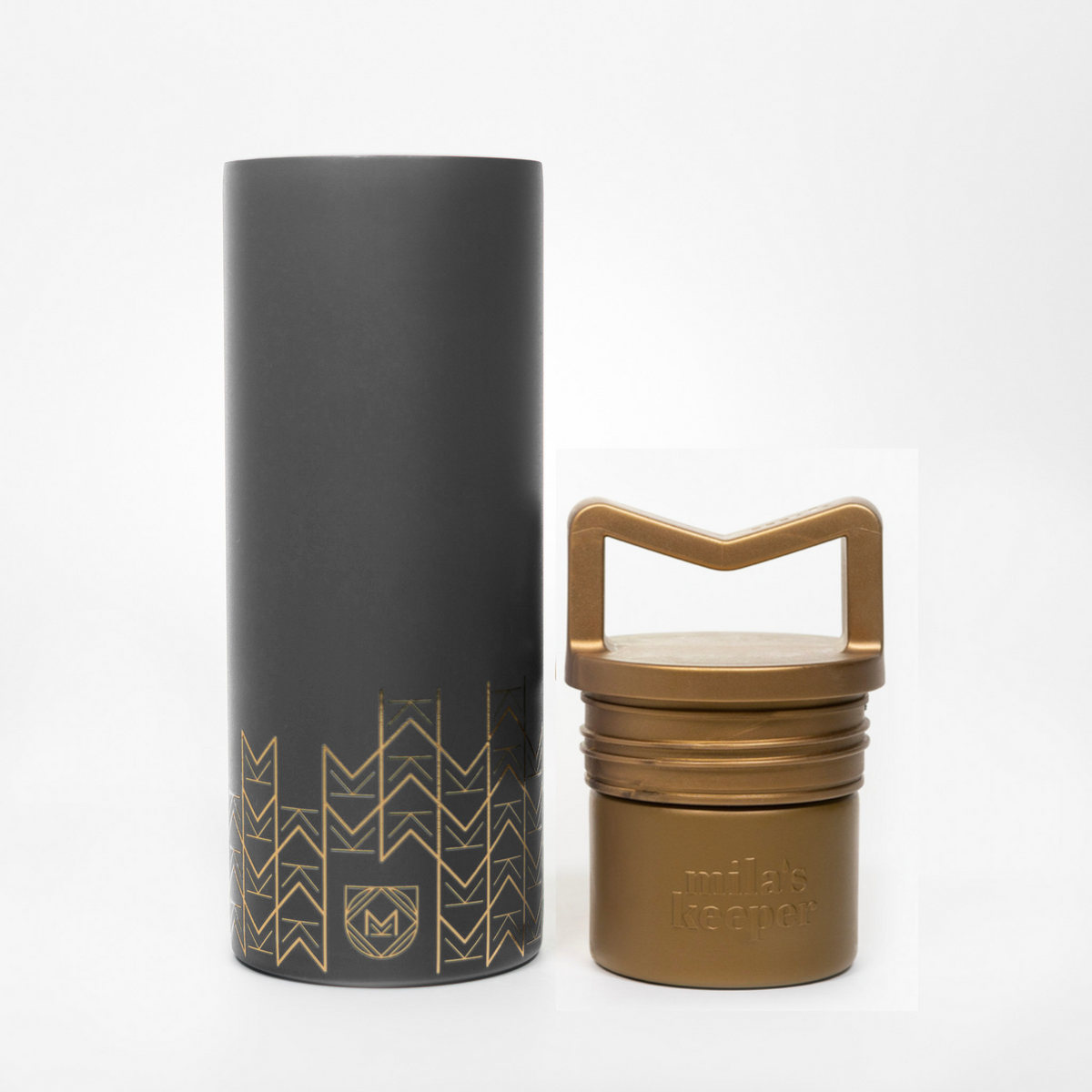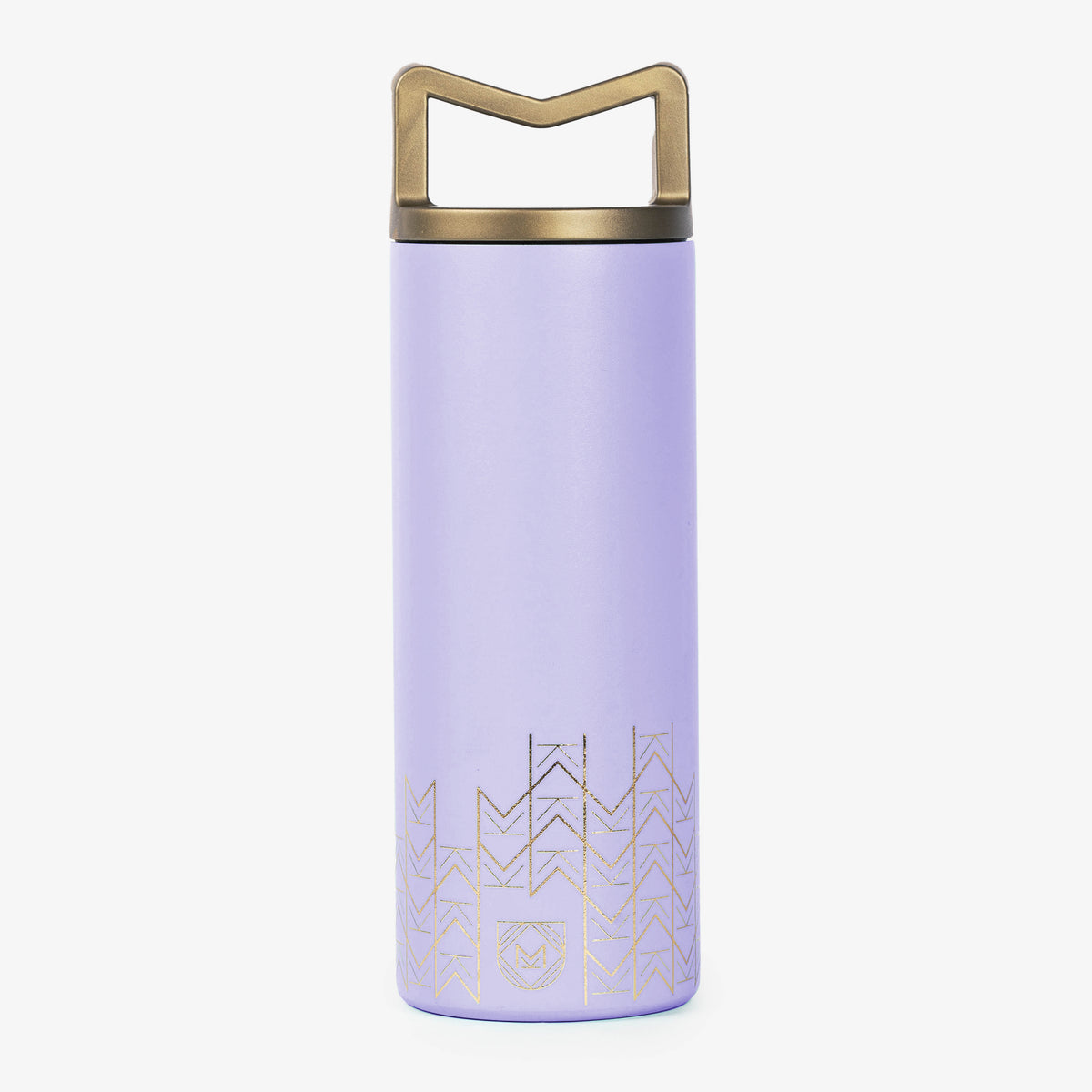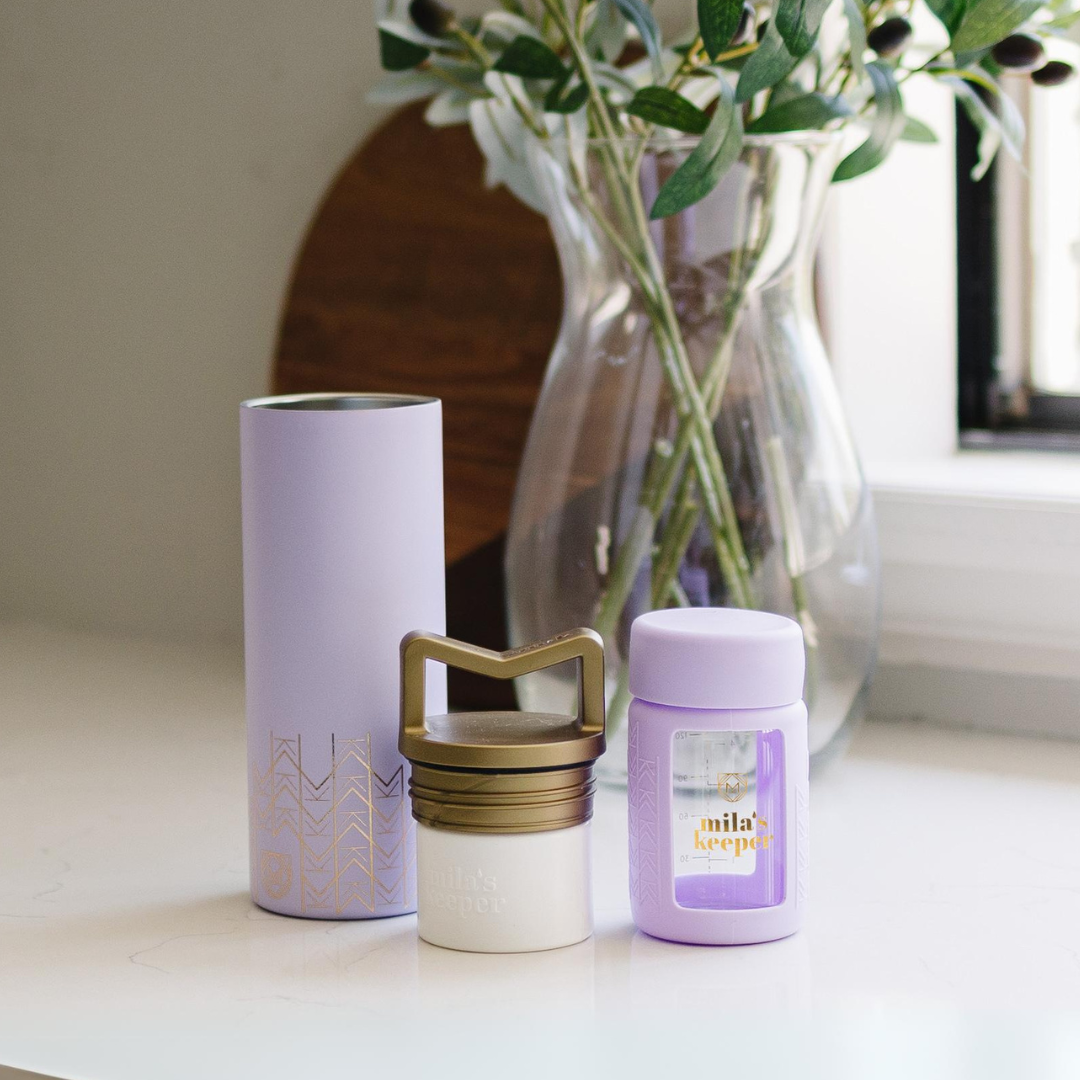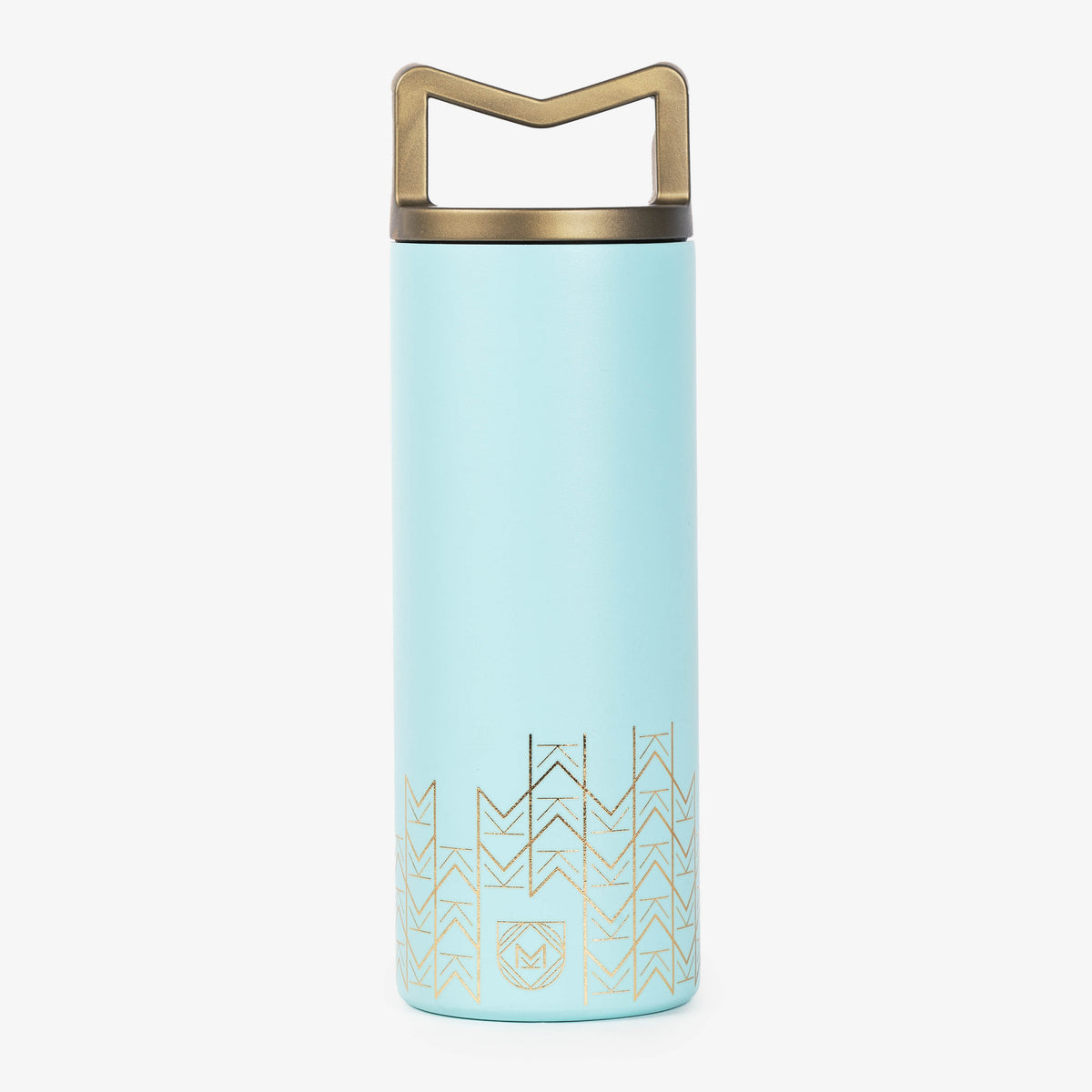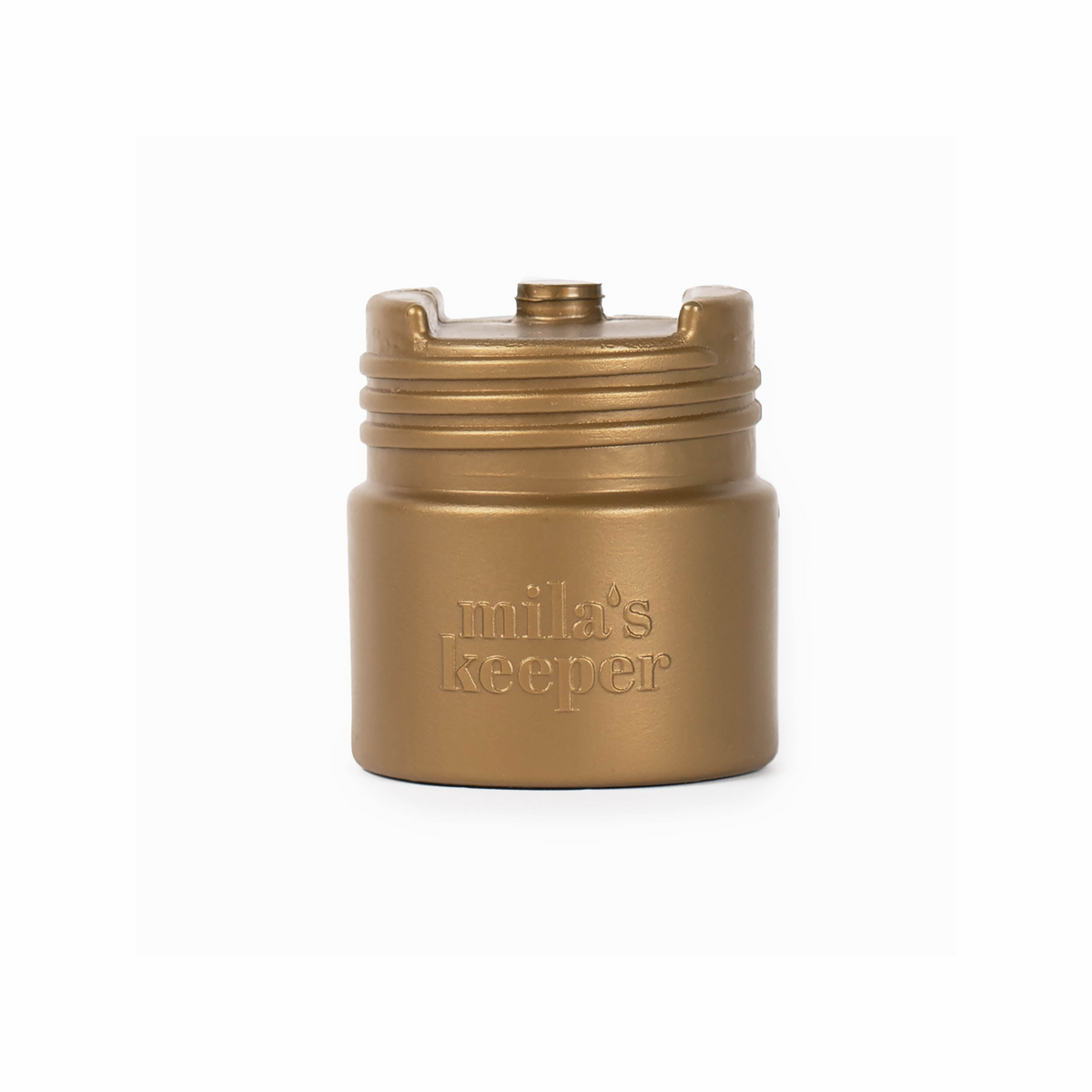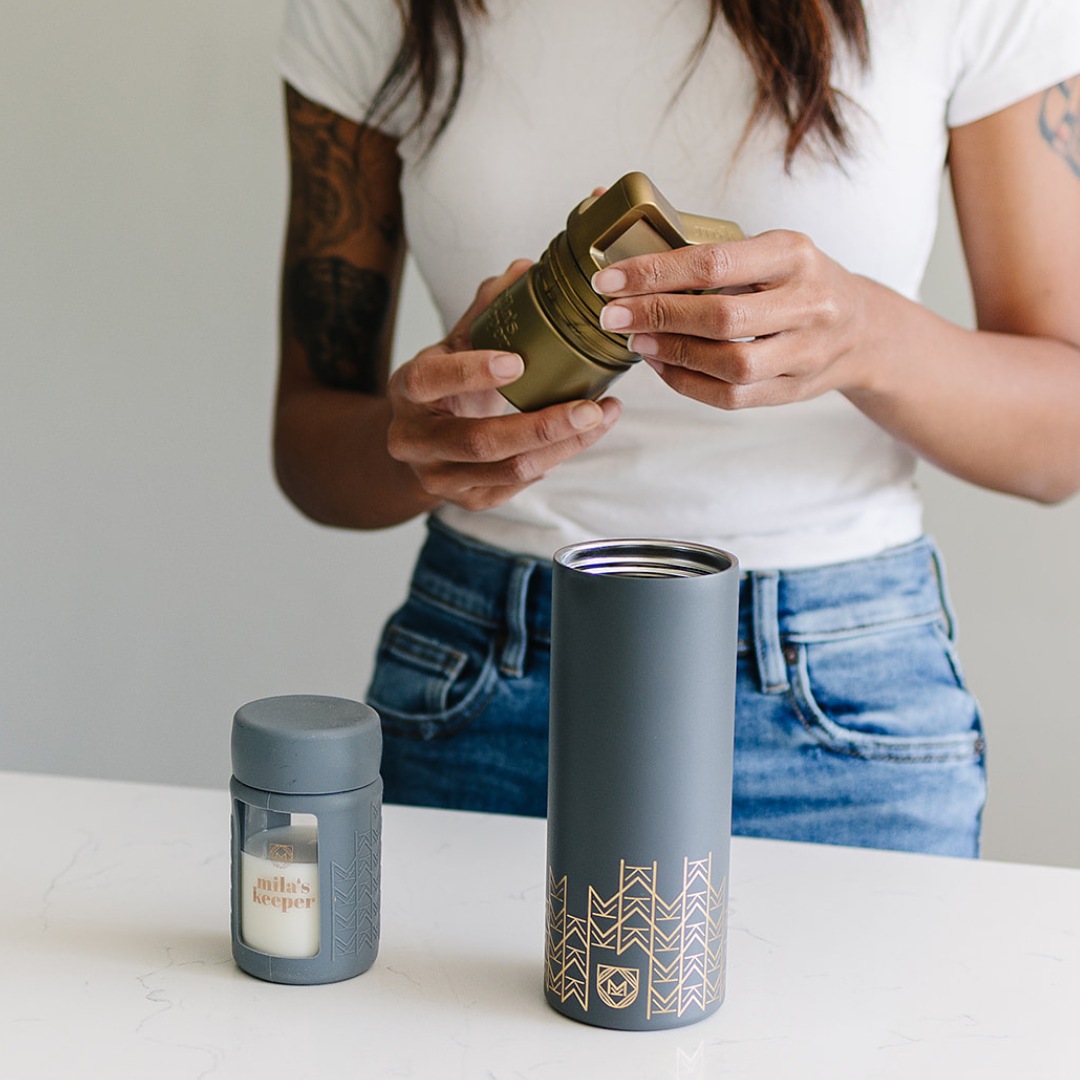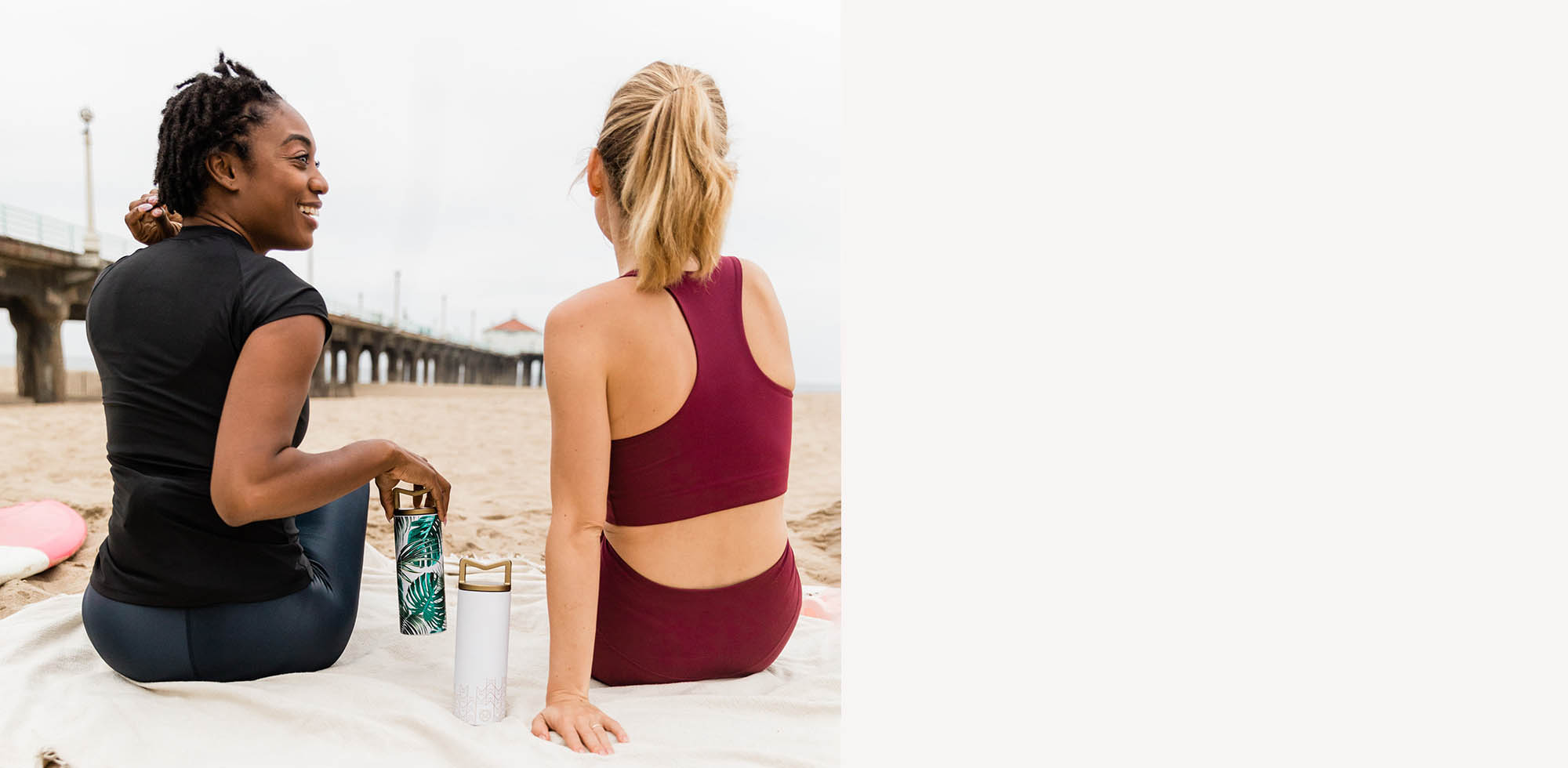The recent formula shortage got many people thinking about other ways to feed babies that don’t have access to breast milk.
One thing that started to be discussed with more frequency was donor breast milk. There’s been an increase in awareness about milk banking over the last few years, but with the formula shortage, it became a hot topic of discussion.
Out of these discussions came some action too. Many nursing mamas started to inquire about donating their surplus breast milk to help out the many families finding it hard to acquire formula for their babies.
With some milk banks seeing an increase in demand for donations of about 20 percent or more, they were needing all the help they could get.
So what exactly is the process of donating breast milk? What about receiving it? Let’s get into the details.
What is donated breast milk?
Donor breast milk is human milk that is expressed and given to feed somebody else’s infant.
Sometimes the donations go to a milk bank. A milk bank is a facility that collects, screens, processes, and distributes donated breast milk to primarily medically fragile babies, like premature babies in hospitals, where it is prescribed by healthcare providers.
Other times, it is just women donating or selling their surplus of pumped breast milk to other mamas in need of breast milk for their babies. They cut out the middle man (the milk bank) and connect with one another on different networks across the internet.

How do you donate breast milk?
The process for donating to a milk bank in 3 Easy Steps
STEP 1:
The first step in becoming eligible to donate breast milk to a milk bank is to go through their screening process. This will usually start with an interview or questionnaire filled out online. Potential donors will be asked about their lifestyle and medical conditions.
Each milk bank might have different requirements for donation candidates, but below are a few that seem to be common.
Since the breast milk from milk banks is primarily sent to premature babies, they prefer that the breast milk is from mamas who are in their first year postpartum. Also for this reason they may not accept milk from women on certain medications or taking herbal supplements. Even though your Doctor may prescribe you medication that’s safe while you’re breastfeeding, milk banks have different criteria for donated breast milk.
What if you have a special diet, like veganism? As long as you’re on a B-12 supplement you could be eligible to donate.
While it’s safe to enjoy an alcoholic beverage every now and then while you’re breastfeeding, for donor milk you need to wait at least 6- 8 hours after each serving of alcohol before pumping, and can’t drink alcohol every day. Nor can you be a smoker.
Milk banks will want breast milk that has been in the freezer for under 8 months, or even for as little as 3 months, and it can’t have been heat-treated in any way.
STEP 2:
If a candidate makes it past the first screening step, they will be sent a blood kit to take into a local lab and have their blood drawn. The blood sample will be sent to the milk bank where it will be analyzed and screened for things like HIV-1, HIV-2, human T-lymphotropic virus (HTLV), Hepatitis C, Hepatitis B surface antigen and syphilis.
If after your various screenings, the milk bank would like to use your breast milk, it will need to be collected.
They’ll typically send you bags specifically used for breast milk storage to collect your milk. They’ll want you to refrigerate or freeze your milk within about 30 minutes after pumping.
We know how important it is to keep breast milk at proper temperatures (something our breast milk coolers make possible for so many mamas) and this is a crucial step in the breast milk collection process. You don’t want to spend all the time and energy it takes to pump for the milk to be spoiled and deemed useless.
STEP 3:
The final step for the donor is to get the milk to the milk bank. You can usually either drop breast milk off at the milk bank yourself, or the milk bank will make specific arrangements to collect the breast milk from you. For example, they may send you a large cooler with ice packs with pre-paid shipping in which you can send your milk donations. Typically the milk bank will require a minimum donation before sending in this way - such as 50 ounces, which is the case for Mother's Milk Bank of San Jose.
Since so much of the milk donated to milk banks will be used for medically fragile, immunocompromised infants, it undergoes a pasteurization process at the milk bank.
After being logged into the system, the donated breast milk gets thawed and mixed with other donated milk. It then gets analyzed to optimize nutrition content. The breast milk is then prepared, filled into BPA-free bottles, and labeled. The milk then gets pasteurized using the Holder method of gently heating bottles to 62.5 degrees Celsius for 30 minutes. This eliminates pathogens in the milk, ensuring the breast milk is rid of harmful bacteria and viruses. The bottles of breast milk are then kept in monitored coolers before they are transported in insulated boxes to hospitals as they are requested.

What’s the process for donating if you don’t use a milk bank?
Not all donated breast milk goes through milk banks. There are large communities of women sharing breast milk with one another. There are various Facebook groups, like Buy, Sell, and Donate Breast Milk, and Human Milk 4 Human Babies, dedicated to connecting people who need breast milk with those able to provide it.
Some women choose to donate their surplus breast milk after being reliant on donated breast milk for various reasons and want to pay it forward. Or maybe it’s just something they’d like to do for another family.
Even though they could go the formal route, maybe they just don’t have the time or energy to go through the rigorous screening process done by the milk banks, and so choose to join one of the many informal networks out there.
Plenty of women also see their freezer full of bagged breast milk that was more than their baby needs and want to turn that into a little profit. The internet is full of websites, like Only the Breast, listing breast milk for sale.
Whatever the reasoning is for not using a milk bank, it doesn’t necessarily mean they couldn’t pass the screening process by the milk banks.
Donating breast milk through an informal milk-sharing network sometimes gives both parties the ability to have a closer connection with one another. When you donate to a milk bank, you don’t know who is benefitting from your milk, but in this scenario, you can choose who gets your breast milk and could develop a relationship with the families receiving your breast milk.
Of course, there are plenty of stories of women finding great matches on these websites, and happily providing breast milk for babies that need it without any issues, but there are also stories of frustration and negative experiences.
There are plenty of stories being told of people posing as potential buyers and then stealing bags of breast milk, or taking donated breast milk and setting up their profiles to sell it as their own.
There are many more stories about people posing as buyers and then requesting money to pay shipping couriers (of course you’ll get the money back, they say!) or stories of men offering large sums of money to play out fantasies of a wet nurse.
For many women posting their breast milk on these informal websites, unfortunately, it just doesn’t pan out as they expect. These are the reasons at Mila's Keeper we would recommend utilizing milk banks if at all possible as these are the safer routes for both parties involved. Receiving milk from milk banks however, is not possible for everyone since premature babies are given priority.
Do you get paid, and how much?
That depends. Some milk banks rely on donations to keep the cost of prescription breast milk low for those that need it most. Other banks will pay around $1.50 per ounce or thereabout.
If you want to sell your breast milk on one of the many informal milk-sharing sites, you are free to post it for however much you want and hope for the best. Some people have good success going this route and are able to make a little extra income, but plenty of people don’t sell their breast milk for the price they want, or even at all.
One big customer that’s moved into the breast milk buying market is bodybuilders. Apparently, word has spread among them that consuming breast milk helps them to gain the muscle they desire, something that hasn’t been proven to be true. Whether or not consuming breast milk really contributes to a bodybuilder's gains, many women selling their breast milk are just fine having them as customers.

Where can I get donated breast milk near me?
Can individuals get milk from a milk bank, or is it just for hospitals?
Milk banks will often want to meet the needs of their preemie or medically fragile infants first before providing breast milk to babies that are being cared for at home.
Some milk banks have a cap on what they’re able to give to healthy infants without a prescription, prioritizing infants in the hospital or infants at home but with a prescription.
If you don’t have a prescription for breast milk, you will likely need to pay out of pocket and then you can check with your insurance provider to see if it’s a cost eligible for reimbursement.
To find an accredited milk bank near you, a good place to start is with the Human Milk Banking Association of North America (HMBANA). If you find a milk bank in your location, you can pick up the breast milk yourself during designated times, or arrange for shipping.
Receiving breast milk from a milk-sharing website
Receiving breast milk through an informal donation network is sometimes the more feasible route for people in need of breast milk to take, but it is not without risk.
The donors in these scenarios don’t go through a screening process and the donated milk isn’t pasteurized or screened.
Studies done on donated breast milk that hadn't undergone screening and pasteurization found bacterial or viral contamination in 75 percent of milk samples purchased online and 10 percent had significant amounts of cow’s milk added.
There are plenty of stories out there from women who have purchased on one of these sites, only to receive bags of water, or worse, milk that they describe as smelling “funky”.
Since these sites are unregulated, the American Academy of Pediatricians and the Food and Drug Administration both recommend against using internet-based milk-sharing sites.
Not everyone who uses these sites have bad experiences, many women have good experiences overall, and highly recommend using certain websites.
People that do choose to go this route, should speak with their child’s pediatrician first for some guidance.
They should maybe also consider screening any potential donors for lifestyle and medical conditions themselves. They should ask whether a potential donor has been screened for certain conditions that can be transmitted via breast milk, like HIV and hepatitis B. Or whether a potential donor drinks alcohol frequently, or partakes in drug use. Find out what their hygiene process is for pumping- how often do they clean and sterilize their pumping equipment? Ask about their process for storing breast milk, etc.
While you may not be able to know for certain, having an open conversation about these topics is better than not having it at all and just hoping for the best.
How much can breast milk cost to buy?
To obtain breast milk from a milk bank as an outpatient (without insurance), you may be paying $3.5 -$5 per ounce. For milk purchased on a milk-sharing website, it’s as negotiated and prices can range wildly from $1 an ounce to $16 an ounce.

Like with so much of being a mama, your gut instinct is going to come into play here. We know the benefits of breast milk, and by all accounts breast milk accessed from an accredited milk bank is safe. With screened and pasteurized breast milk inaccessible to many parents that want breast milk, the question many parents will have to grapple with is: is it worth the risk?
If you’re interested in learning more about how to donate breast milk, or where to donate breast milk, or how to receive it from an accredited milk bank, contact the Human Milk Banking Association of North America (HMBANA).
Keep Reading: 6 Tips for Breast Milk Storage: How Long Can Breast Milk Sit Out?
--
A female-designed and female-run company, Mila's Keeper is on a mission to empower women to thrive during their breastfeeding journey by offering reusable, eco-friendly breast milk storage solutions for their day-to-day needs. Get the latest tips and info on Mila's Keeper products by following us on Facebook, Twitter, Instagram, Pinterest, and LinkedIn.

